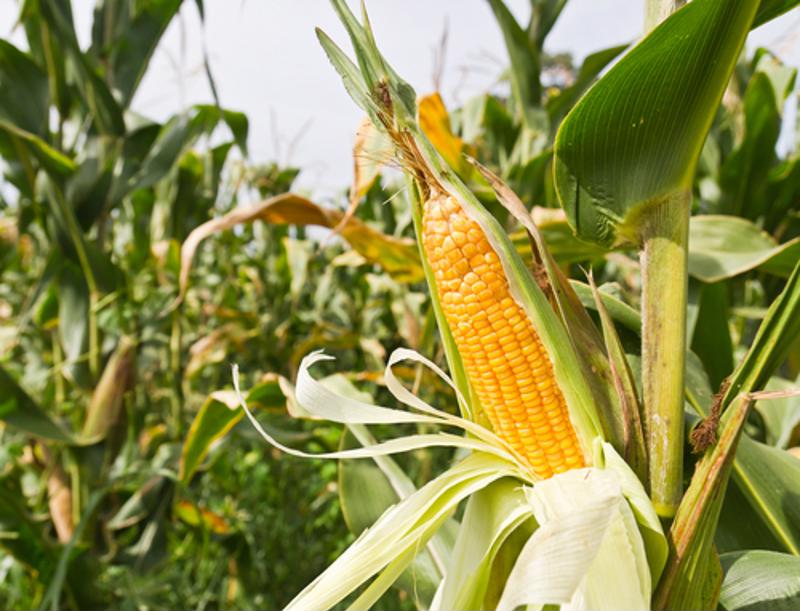In recent months, the U.S. Federal Reserve increased the benchmark interest rate for lenders, the highest hike since the 1980s, to combat rising inflation for everyday Americans. As the Fed works to cool the economy, the consequences of raised interest rates are also rippling across U.S. industries.
But unlike in the 1980s, agriculture is not on the edge of another farming crisis. To be clear: while the economy is shaky for American consumers, the agriculture sector is in a historically strong position to weather these economic changes.
Here’s what you need to know about managing your farming operation with higher interest rates.

In recent months, the U.S. Federal Reserve increased the benchmark interest rate for lenders, the highest hike since the 1980s, to combat rising inflation for everyday Americans. Here’s what you need to know about managing your farming operation with higher interest rates.
What To Watch In Volatile Markets
First, it’s essential to outline what elements farmers should watch when thinking about their operations in the larger economy. In an interview with AgWeb, Virginia Tech professor Dr. David Kohl laid out five macro factors that will impact the agriculture industry:
- Weather in the U.S. and throughout the rest of the world
- Central banking at home and abroad
- Duration of the dollar’s strength
- Technology and oil, including biofuels
- Developing nations in light of slow economic growth worldwide
Market Volatility and Commodities
Economists expect The Fed to continue raising interest rates this year as the battle to reduce inflation continues. These high costs have made their way to prices in farming operations. According to Zachary Carpenter, Executive Vice President and Chief Business Officer at Farmer Mac Magazine, commodity, input, and energy prices are reaching near-record highs. For farmers, this means a diminishment in previously healthy business margins.
But he explains in his article that ag lenders and farmers are both in better financial positions. “The total sector debt-to-asset ratio has averaged 10-15% since the early 2000s, compared to 15-23% during the farm financial crisis.”
Short-Term and Long-Term Loans
Farmers who borrow money for operating expenses, like cash rent, fertilizer, seed, and chemicals, typically take out short-term loans. When you apply for next year’s expenses, look for operating loans and credit services with fixed rates that won’t change when interest rates are raised and help your operation stay on budget.
Fixed interest rate loans are also essential to long-term investments with machinery, equipment, and land purchasing loans.
If you decide to lease or buy equipment, explore all your options for deductibles, such as Section 179. This will allow you to claim livestock, machinery, and vehicles as a total business expense.
Buckle In
If there were one piece of advice to the agriculture industry, it would be to settle in. While you may want to secure a long-term loan or purchase more equipment, you will want to limit your borrowing; only do so when necessary.
Likewise, be sure to have a cash reserve on hand. With interest rates expected to increase further, you will want to ensure you’re adequately prepared for bad and good effects.
The Ag experts at Bank Midwest are here to help you and your unique operation. Reach out to the ag finance experts at Bank Midwest.
Updated post. Originally published February 2016.
